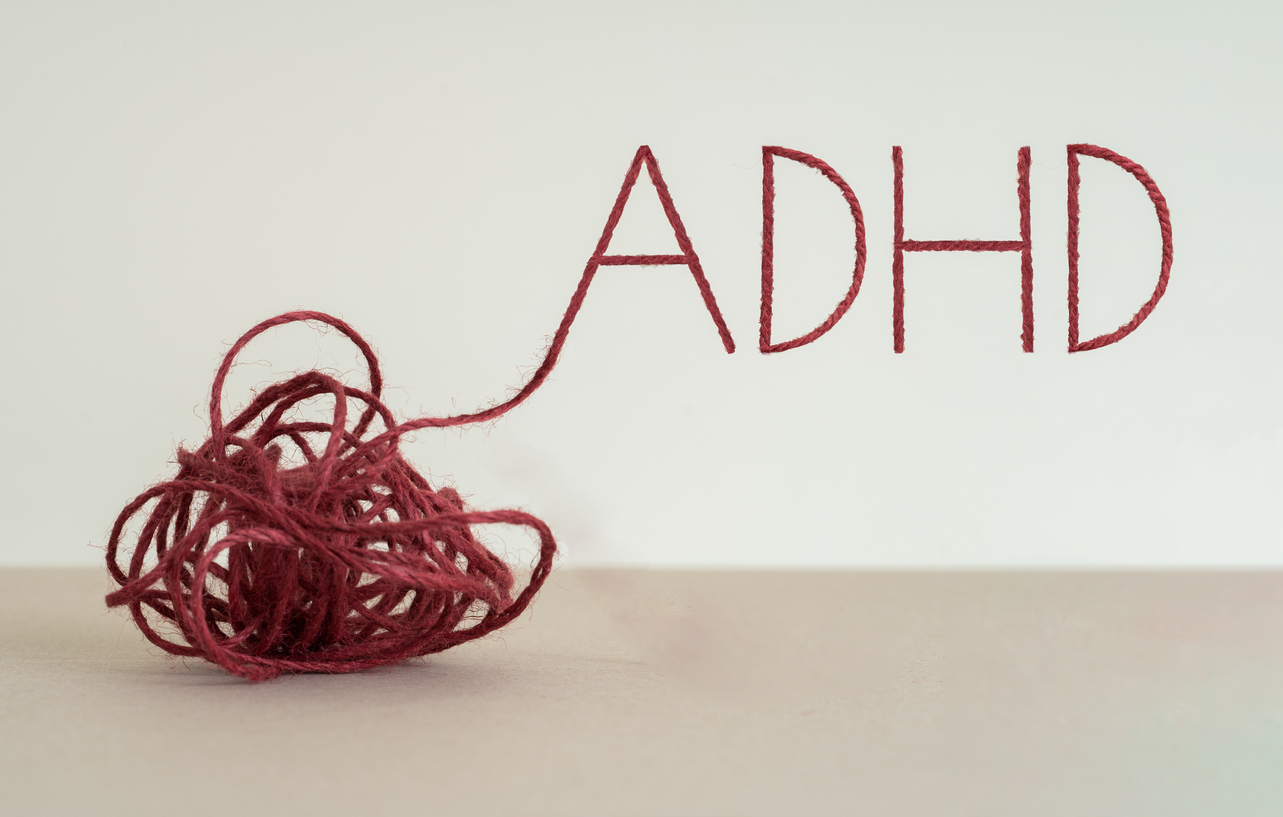2024-03-28
Diagnosis and treatment of ADHD in children and adolescents
Pediatrics
The first systematic review provides an overview of available diagnostic tools for attention-deficit/hyperactivity disorder (ADHD) in children and adolescents. A total of 231 studies were included, having evaluated: parent ratings, teacher ratings, youth self-reports, clinician tools, neuropsychological tests, biological samples, EEG and neuroimaging. Several tools showed promising diagnostic performance, but estimates varied considerably from study to study, with generally low strength of evidence. The second systematic review takes stock of currently available treatment options. This time, 312 studies were considered. While drugs play a key role, they are also associated with adverse effects.

Last press reviews
Genes and Alzheimer’s: the key to the mystery?

#Alzheimer #Genetics #Neurodegeneration #PrecisionMedi...
Postoperative delirium: does melatonin really work?

#Delirium #Surgery #Melatonin #Prevention #Cogni...
Vitamin D deficiency: a risk for the mind?

#Suicide #VitaminD #Depression #Neuroprotection ...